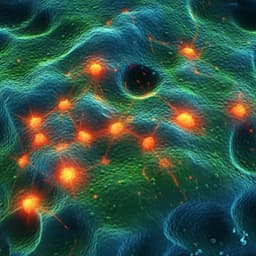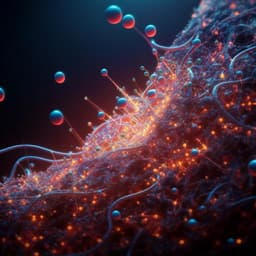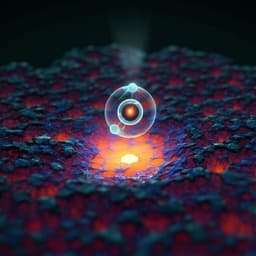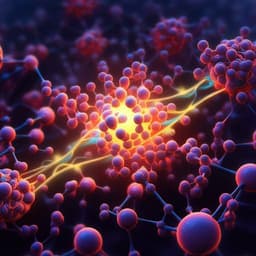
Chemistry
Photoinduced loading of electron-rich Cu single atoms by moderate coordination for hydrogen evolution
W. Fu, J. Wan, et al.
Discover how researchers Weiwei Fu, Jin Wan, Huijuan Zhang, Jian Li, Weigen Chen, Yuke Li, Zaiping Guo, and Yu Wang developed a groundbreaking single-atom catalyst that lowers overpotential to just 41 mV for hydrogen evolution, showcasing remarkable synergy among neighboring copper atoms on a black phosphorus support.
~3 min • Beginner • English
Related Publications
Explore these studies to deepen your understanding of the subject.







